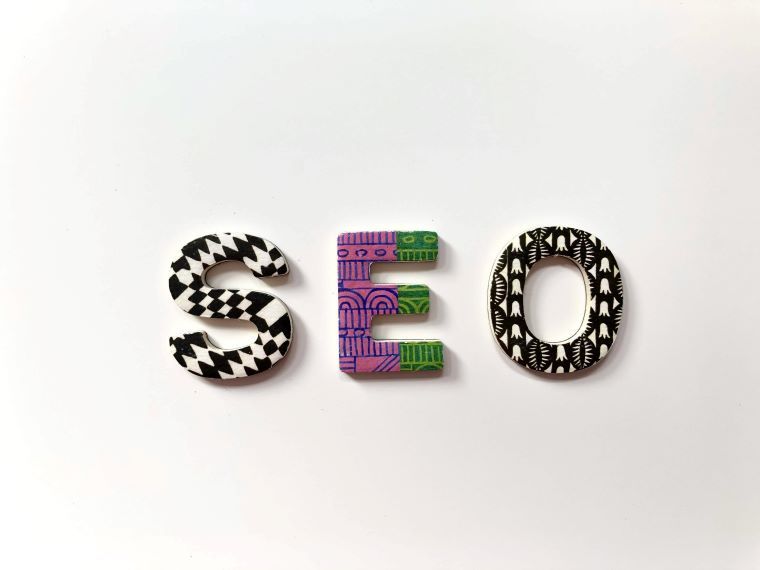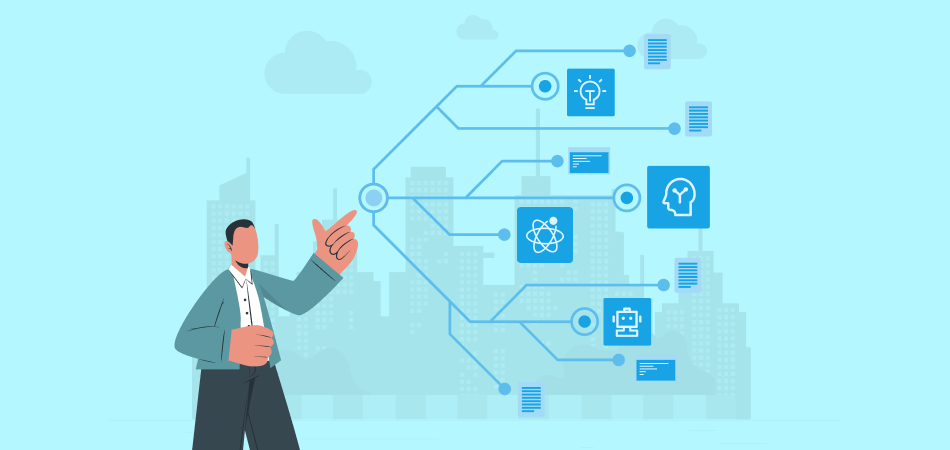A Complete Guide to Lifecycle Marketing

Lifecycle marketing is a strategic approach designed to guide customers through every stage of their journey with a brand, from initial awareness to long-term advocacy. This method focuses on creating personalized experiences that meet the evolving needs of customers over time. By understanding and implementing effective lifecycle marketing strategies, businesses can enhance customer satisfaction, boost retention rates, and ultimately drive greater profitability. This guide will delve into the core aspects of lifecycle marketing, including essential strategies, benefits, and steps involved, providing a holistic view of how businesses can effectively manage and optimize their customer relationships.
What Is Lifecycle Marketing
Lifecycle marketing is a comprehensive approach to managing customer relationships from initial awareness through to long-term loyalty. It involves understanding and optimizing each stage of the customer journey, from attracting potential customers to converting them into buyers and nurturing them into loyal advocates. This strategy integrates various marketing techniques and channels to deliver personalized, relevant content and experiences that meet the evolving needs of customers. By focusing on the entire lifecycle, businesses can enhance customer satisfaction, increase retention rates, and drive sustainable growth.
At its core, lifecycle marketing aims to build strong, lasting relationships with customers by addressing their needs and preferences at each stage of their interaction with the brand. This involves segmenting audiences, creating targeted campaigns, and continuously analyzing customer behavior to refine and improve marketing efforts. By effectively managing the customer lifecycle, businesses can maximize the value of each customer, reduce churn, and create a loyal customer base that contributes to long-term success.
5 Essential Lifecycle Marketing Strategies
To effectively implement lifecycle marketing, businesses must employ a range of strategies that address various stages of the customer journey. By integrating these strategies, businesses can create a cohesive approach that enhances the customer experience and supports long-term growth.
Customer Journey Mapping
Customer journey mapping involves creating a visual representation of the customer’s interactions with your brand across various touchpoints. This strategy helps businesses understand the customer experience from initial contact to post-purchase engagement. By mapping out each stage of the customer journey, companies can identify pain points, areas for improvement, and opportunities to enhance customer satisfaction.
Implementing customer journey mapping involves gathering data from multiple sources, such as customer feedback, website analytics, and sales records. This data helps create detailed personas and scenarios that reflect the real experiences of different customer segments.
Segmented and Personalized Content
Segmentation involves separating your customer base from distinct groups based on shared characteristics such as demographics, behavior, or purchase history. Personalized content, tailored to each segment, significantly enhances engagement and conversion rates.
Creating personalized content requires leveraging customer data to identify trends and preferences. Utilizing marketing automation tools, businesses can dynamically generate personalized emails, product recommendations, and targeted advertisements. Personalization fosters a sense of connection and relevance, making customers more likely to engage and convert.
Multi-Channel Engagement
Engaging customers across multiple channels ensures that your brand remains visible and accessible wherever they are. This strategy involves using a combination of email, social media, mobile apps, websites, and offline channels to create a cohesive and integrated customer experience.
Effective multi-channel engagement requires a deep understanding of where your customers spend their time and how they prefer to interact with your brand. Integrating data from various channels helps create a unified view of the customer, enabling more targeted and personalized interactions. Ensuring a consistent and positive experience across all these channels is crucial for maintaining customer engagement and driving conversions.

|
Find Better Supplier For Products DSers Supplier Optimizer - One click to filter out the most proper suppliers for your products |
Marketing Automation
Marketing automation involves using software platforms and technologies to streamline and automate marketing tasks and workflows. This strategy helps businesses efficiently manage and execute marketing campaigns, nurture leads, and analyze performance. Automation tools can handle repetitive tasks such as email marketing, social media posting, and lead scoring, freeing up valuable time for marketers to focus on more strategic activities.
Implementing marketing automation requires selecting the right tools and integrating them with your existing systems. Automation can personalize customer interactions at scale, sending targeted messages based on user behavior, preferences, and purchase history.
Customer Feedback and Optimization
Collecting and analyzing customer feedback is essential for continuous improvement and optimization of marketing strategies. Feedback provides valuable insights into customer satisfaction, preferences, and areas needing improvement.
Optimization involves adjusting marketing tactics based on feedback and performance metrics, ensuring that strategies remain relevant and effective. Regularly refining marketing efforts based on customer insights helps businesses stay responsive to changing needs, enhance engagement, and build stronger relationships with their audience.
Benefits of Lifecycle Marketing
Implementing lifecycle marketing offers several key benefits. Understanding these benefits underscores the importance of a strategic approach to managing customer relationships and driving business success.
Enhanced Customer Experience
Lifecycle marketing focuses on delivering personalized and relevant content to customers at every stage of their journey. This tailored approach ensures that customers receive the right message at the right time, leading to a more satisfying and engaging experience. By understanding and addressing the unique needs and preferences of each customer, businesses can create a seamless and enjoyable experience that fosters positive relationships and brand loyalty.
Increased Customer Retention
By consistently engaging with customers and providing value throughout their lifecycle, businesses can significantly increase customer retention rates. Lifecycle marketing strategies aim to keep customers informed, engaged, and satisfied, reducing the likelihood of churn. This ongoing engagement helps build trust and loyalty, encouraging customers to remain with the brand over the long term.
Improved ROI
Lifecycle marketing allows businesses to allocate their marketing resources more efficiently by targeting specific customer segments with tailored messages. This precision in targeting leads to higher conversion rates and a better return on investment (ROI). By focusing efforts on nurturing and retaining existing customers, businesses can also reduce the cost of acquiring new customers, further improving overall profitability.
Stronger Customer Loyalty
A well-executed lifecycle marketing strategy helps to cultivate strong customer loyalty by continuously meeting and exceeding customer expectations. By maintaining ongoing communication and providing consistent value, businesses can foster a sense of connection and commitment among their customers. Loyal customers are more likely to make repeat purchases, advocate for the brand, and contribute to long-term business growth.
Steps of Lifecycle Marketing
Lifecycle marketing has several key steps that help customers through their journey with a brand.
Awareness
In the awareness stage, the primary goal is to make potential customers aware of your brand, products, or services. This involves deploying strategies that capture the attention of your target audience who might not yet be familiar with your offerings. Marketing tactics such as content marketing, social media advertising, search engine optimization (SEO), and public relations campaigns are critical at this point.
Moreover, leveraging data analytics to understand your target audience's behavior and preferences can further enhance your awareness strategies. Building a strong online presence through various channels helps to ensure that your brand remains top-of-mind as prospects move through their customer journey.

Consideration
During the consideration phase, prospects who have shown initial interest in your brand begin evaluating whether your product or service meets their needs. At this stage, they are comparing your offerings with those of your competitors and seeking more detailed information. Personalization becomes increasingly important in this stage. Use data collected from previous interactions to tailor your communications and content to individual prospects. Implementing retargeting strategies, such as personalized email campaigns or display ads based on their browsing history, can help keep your brand in their consideration set.
Purchase
The purchase stage is where prospects convert into customers. Ensuring a smooth, seamless transaction process is crucial to minimizing friction and maximizing conversion rates. This includes optimizing your website's checkout process, offering multiple payment options, and ensuring that your site is secure and easy to navigate.
Effective post-purchase communication is also important. Sending a confirmation email, providing tracking information, and following up to ensure satisfaction can enhance the overall customer experience. Offering additional support or addressing any issues quickly can prevent potential problems and encourage repeat business.
Retention
After the purchase, the focus shifts to retaining customers and fostering long-term relationships. Customer retention strategies aim to keep customers engaged and satisfied, encouraging repeat purchases and brand loyalty. Implement loyalty programs, personalized offers, and exclusive deals to reward returning customers. Regular communication through newsletters, follow-up emails, and targeted promotions helps maintain engagement.
Customer feedback is valuable in this stage. Use surveys, reviews, and direct interactions to gather insights about customer satisfaction and areas for improvement. Addressing feedback proactively and demonstrating that you value customer input can strengthen relationships and improve retention. Implementing automated tools, such as CRM systems, can help manage and analyze customer interactions to tailor your retention efforts effectively.
Advocacy
In the advocacy stage, satisfied customers become brand advocates who actively promote your products or services to others. This stage leverages the power of word-of-mouth marketing and social proof. Encourage advocacy by creating opportunities for customers to share their experiences, such as through referral programs, social media sharing, and online reviews.
Perceiving and rewarding loyal customers who actively promote your brand can motivate customers to spread the word about your business. Additionally, showcasing customer testimonials and success stories can build credibility and attract new prospects. Engaging with your community through social media and customer appreciation events can further amplify the positive impact of your advocates.
Conclusion
Lifecycle marketing is a comprehensive approach that focuses on understanding and engaging customers throughout their journey. By implementing strategies such as customer journey mapping, segmented and personalized content, multi-channel engagement, marketing automation, and customer feedback optimization, businesses can enhance customer experience, increase retention, and drive long-term growth. The benefits of lifecycle marketing, including improved ROI, stronger customer loyalty, and higher conversion rates, make it an essential strategy for businesses looking to thrive in today's competitive market.
Want to read more about dropshipping, visit DSers now!












 Company
Company
 Why Choose DSers
Why Choose DSers
 Blog
Blog
 Help Center
Help Center




 Live Chat
Live Chat